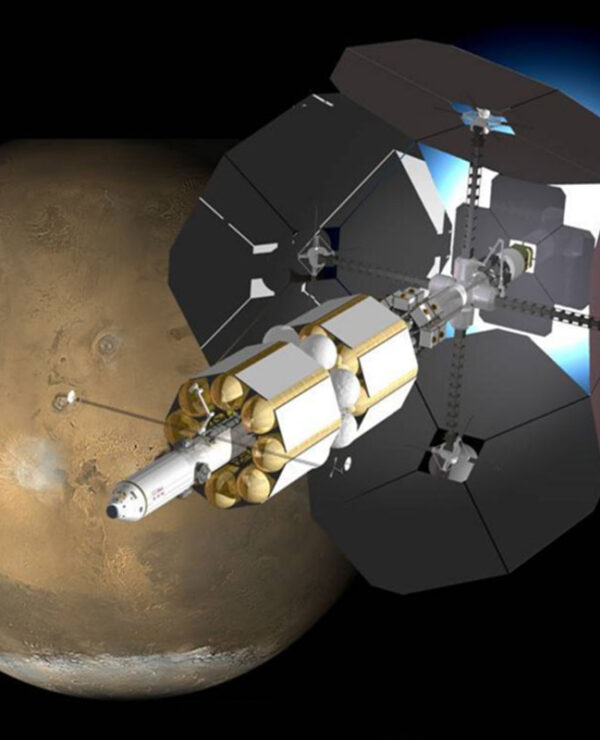Speed and efficiency in space travel

Mars would be the next big milestone to accomplish. Many are asking if it will take another 50 years before we make that next giant leap for humankind. The VASIMR® engine has the capability to scale-up from solar-electric to nuclear-electric and provide fast, efficient, and safer human transport to mars (with the right nuclear electric reactor). We have homework to do before we go to Mars: get closer to achieving a sustainable presence in space, create a viable infrastructure on the moon and develop the nuclear reactor and its power conversion for the VASIMR® engine to connect to.
With current chemical rocket technology, typical one-way transits to Mars can take between 7-9 months, depending on fuel and rocket performance. Such long journeys in the hostile radiation and weightless environment of space flight can be potentially very dangerous to the flight crew. There is an extensive amount of physical stress on the human body when in space, everything from pressure on the back of the eye to weakening of muscles. Speed and efficiency in space travel is crucial to developing a robust and sustainable human presence in deep space.
Nuclear-thermal rockets provide some improvement over chemical propulsion but the full nuclear value proposition for in-space propulsion lies in nuclear-electric. Coupled with the right nuclear electric power source, the VASIMR® engine represents a paradigm shift in human deep space transportation, providing a flexible and power-rich transportation infrastructure for rapid transits to Mars and beyond.

